Standing there, I am swept away in the sea of emotions as waves of people enter the city of Ayodhya, to see the Ayodhya Ram Temple, waving massive flags with images of Bhagwan Ram and chanting loudly “Jai Shri Ram .” Faith has many dimensions, and this is its most profound version. Droves of people come in, offering unconditional devotion, to get a glimpse of their Ram Lalla, their divine king who is returning to his kingdom after centuries. An old man clutching his aging wife, a young boy carried by his doting father on his head, a mother with her teenage daughters staying close together – families and friends, sadhus and saints, tourists and pilgrims, who have travelled from far away lands are all here to set foot in this blessed land of Ram Janmabhoomi to get a darshan of the New Ayodhya and other places to see in Ayodhya on the eve of Ram Mandir Pran Pratishta.
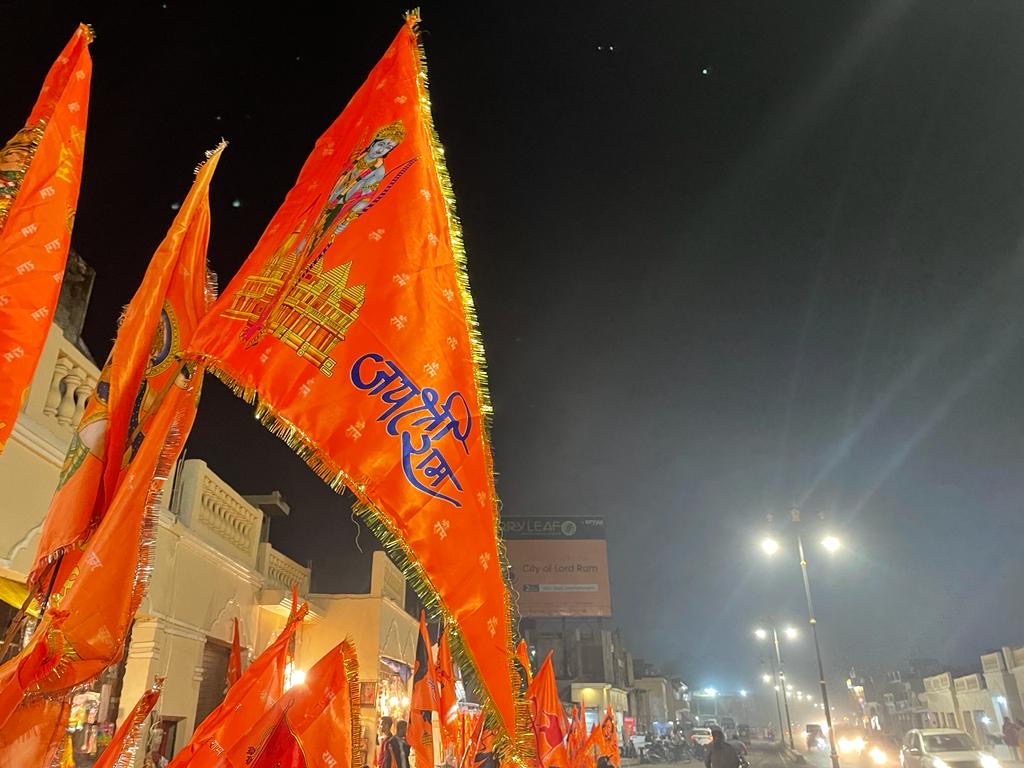
This is not my first visit to Ayodhya. I was in Ram Janmabhoomi a few years ago, after I visited the Ardh Kumbh Mela in Prayagraj. Ayodhya , earlier known as Saketa is indeed one of the seven pilgrimage towns for the Hindus called Sapta-puris. No wonder every pilgrim who visits the Kumbh Mela ends their journey at Ayodhya after their spiritual dip in the Ganga. There are so many places to see in Ayodhya and if you are here as a pilgrim or as a tourist for some Ayodhya sightseeing, the temple town beckons you.

You almost feel like you are walking into a chapter of the Ramayana when you enter Ayodhya. It might be just an epic to the secular world, but for those who live and breathe the word of the sacred, Rama and Seetha still live here while Hanuman guards the city, as every temple and palace here is an ode to the legendary Ayodhya of the Ramayana.
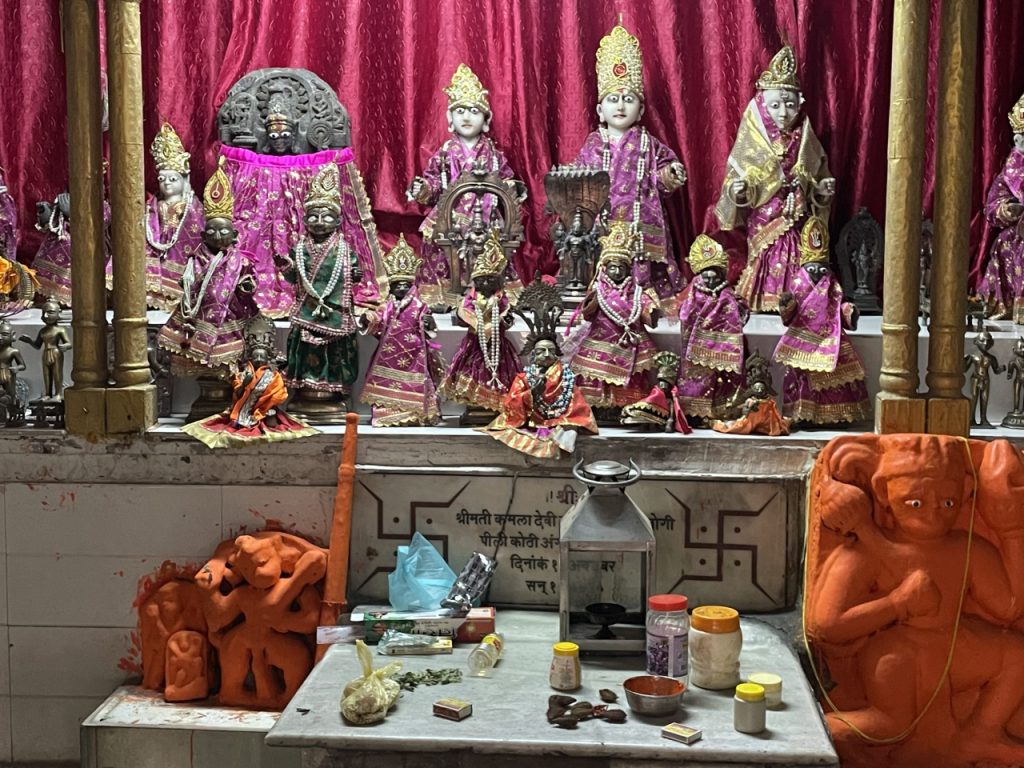
It is indeed a divine blessing to be at Ayodhya and to get a darshan of Bhagwan Rama and Ma Sita before the Ram Mandir Pran Prathishta. It’s an emotional experience and you can feel the spiritual awakening. And for the hordes of pilgrims, walking around the temple town ,
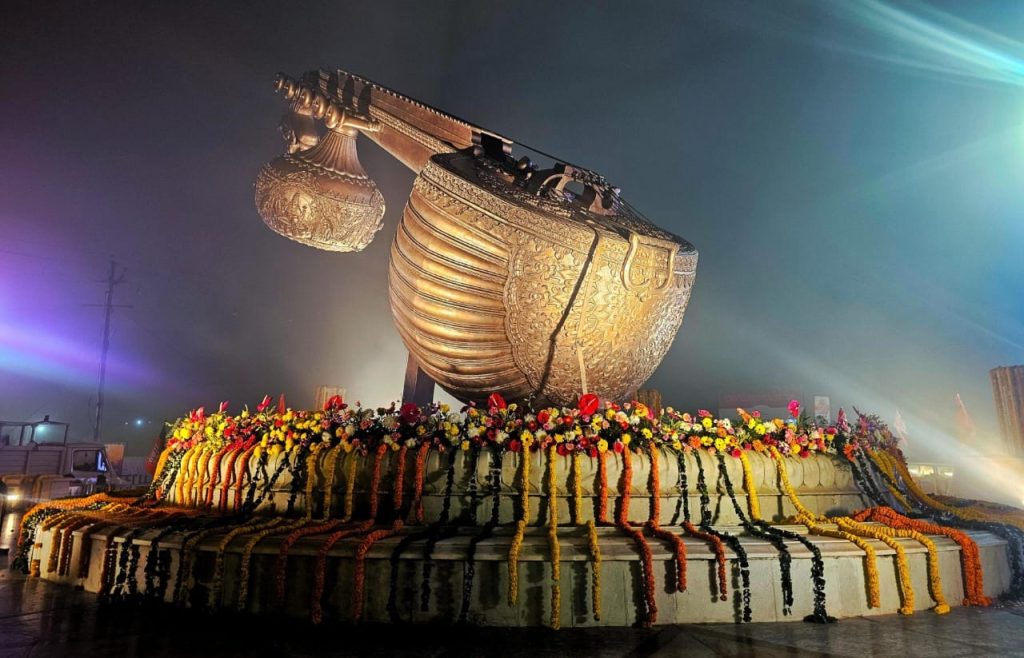
Ayodhya is more than just a divine destination. It is an emotion. It is the land, the kingdom of their own Rama and there is so much pride and joy, hope, and happiness as Ram Dhun echoes from the streets, the ghats., the temples, and the markets.

While the Ayodhya Ram Temple construction will take another three years to be complete, it is possible for pilgrims to get “darshan” after the consecration ceremony, also referred to as “Pran Pratishta.” The idol is a 51-inch carving of a smiling Ram Lalla as a five-year-old, seated on a lotus and sculpted in black stone called Shyamal by Mysore-based sculptor, Arun Yogiraj. We however get a darshan of the original idol of Ram Lalla with his brothers. Lakshman, Bharata and Shatrughna, which apparently will be placed in front of the new idol in the sanctum sanctorum of the Ram Temple
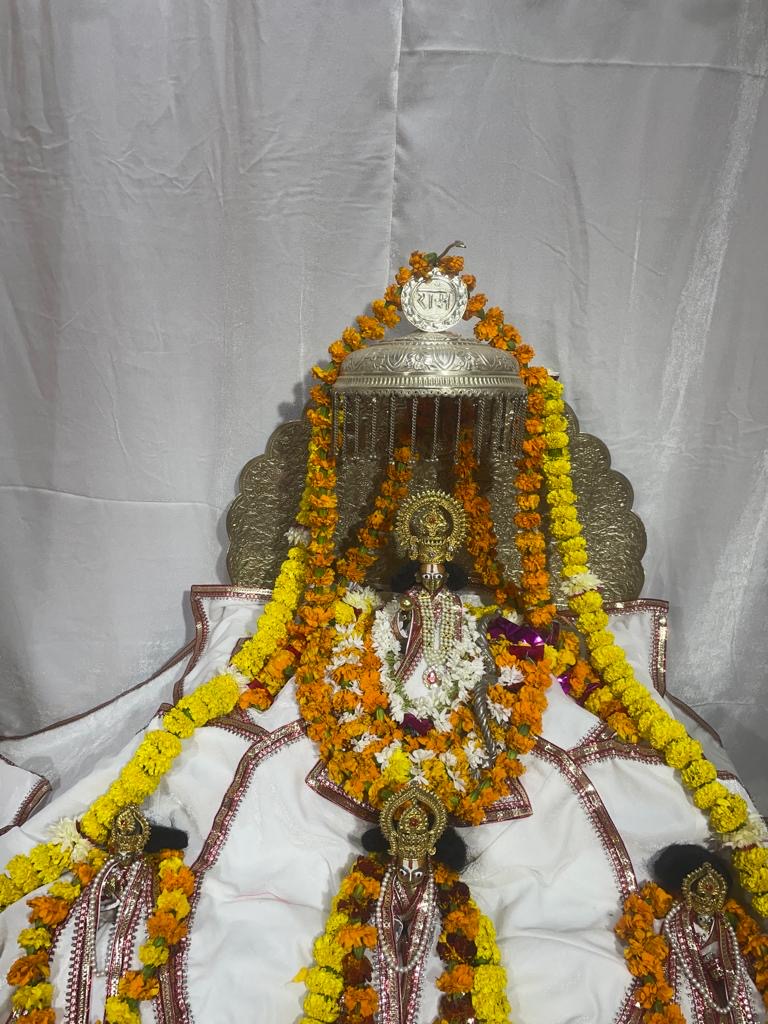
I am in Ayodhya this time for the Ayodhya Conclave, organised by Times of India and Uttar Pradesh Tourism and Chief Minister Shri Yogi Adityanathji spoke to us at length, heralding “The New Ayodhya”. A spiritual town, scripting tales of development, with world-class infrastructure, generating employment for thousands and people, and creating ripples in the spiritual and tourism industry sector with several new initiatives.
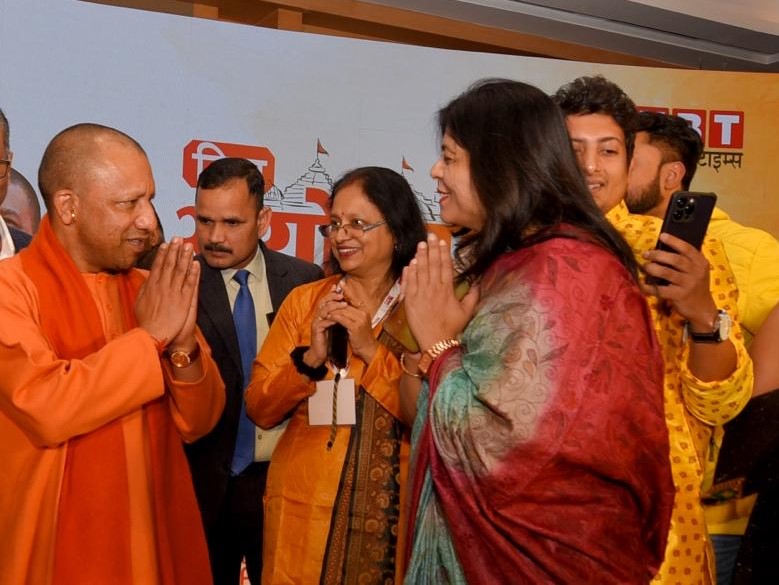
While Chief Minister, Yogiji gave us the vision of the development behind ” New Ayodhya” there were panel discussions with several dignitaries, including Principal Secretary, of Tourism Mukesh Meshram, Principal Secretary of Urban Development, Amrit Abhijat among others.
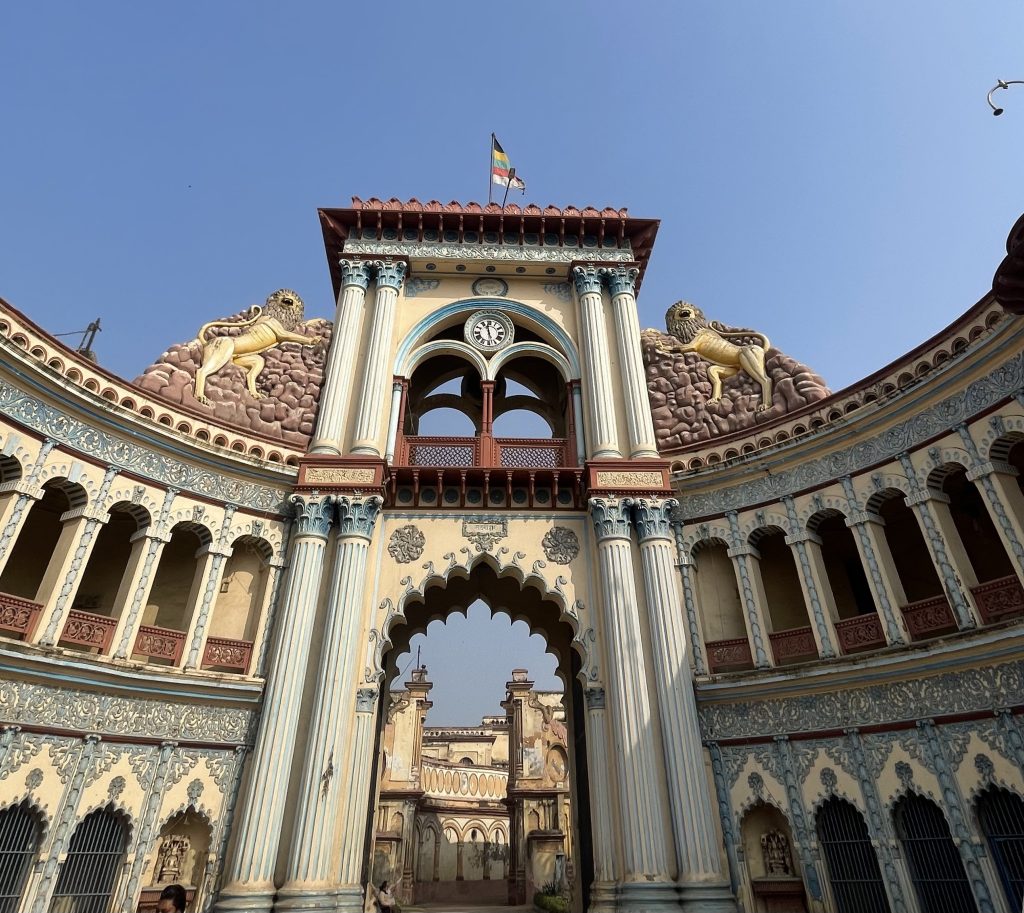
Ayodhya is now connected to the world. Four main arteries in Ayodhya have been widened – Ram Path, Bhakti Path, Dharam Path, and Janmabhoomi Path. Walking around, the city is clean with a fresh new look, while the shops with a uniform palette and facade have given the town a facelift. I am simply stumped by the transformation since my last trip. The fervour and the energy of the people, the mystical atmosphere, and their joy and happiness as they get ready to welcome their “Divine King” to his kingdom is truly an emotional experience.
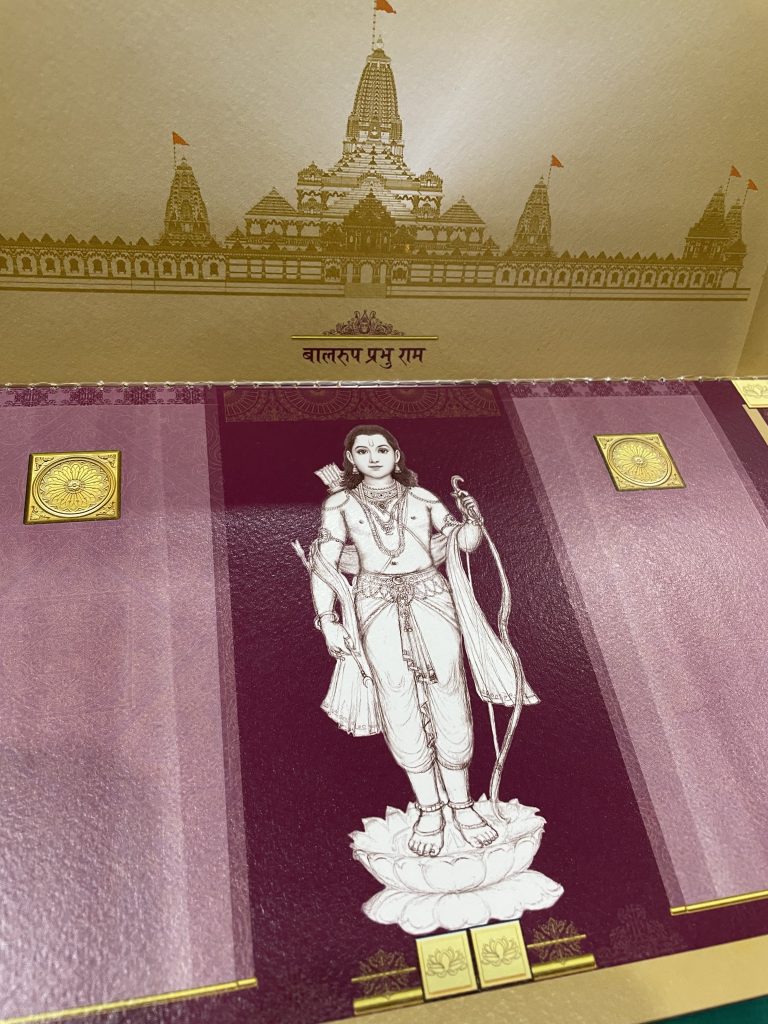
In keeping with the atmosphere of the Treta Yug, almost 30 % of the land is kept untouched for development and is meant for green projects. A well-planned spiritual township, keeping aesthetics and sensibilities in mind is being developed with residences, markets, mutts, and ashrams surrounding the temples. But it is not just the Ayodhya Ram Temple that is being built. The whole city is getting a makeover.

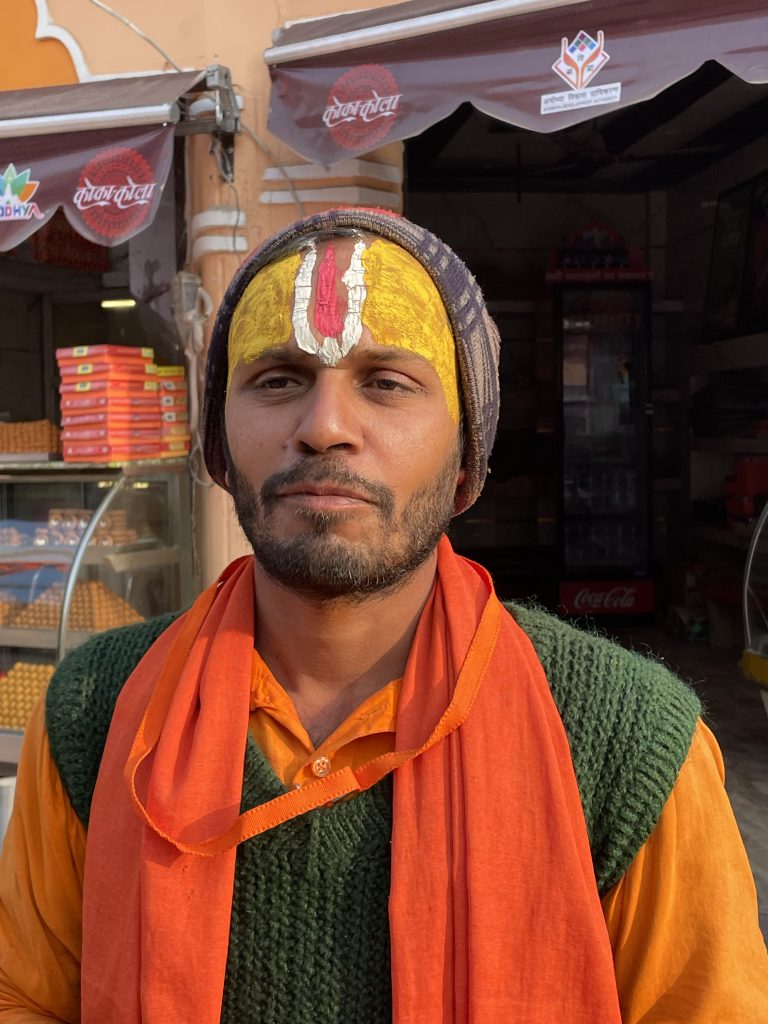
Connectivity is another focus area. While there are highways connecting the city, there is also a railway station and an international airport as well today. Buses and trains are being flagged off and around 300-500 electric buses are being launched. Ayodhya is poised to become a solar city as well. Over 1000 residents are willing to open their doors to guests as homestays are being developed along with five-star and even a seven-star vegetarian hotel.
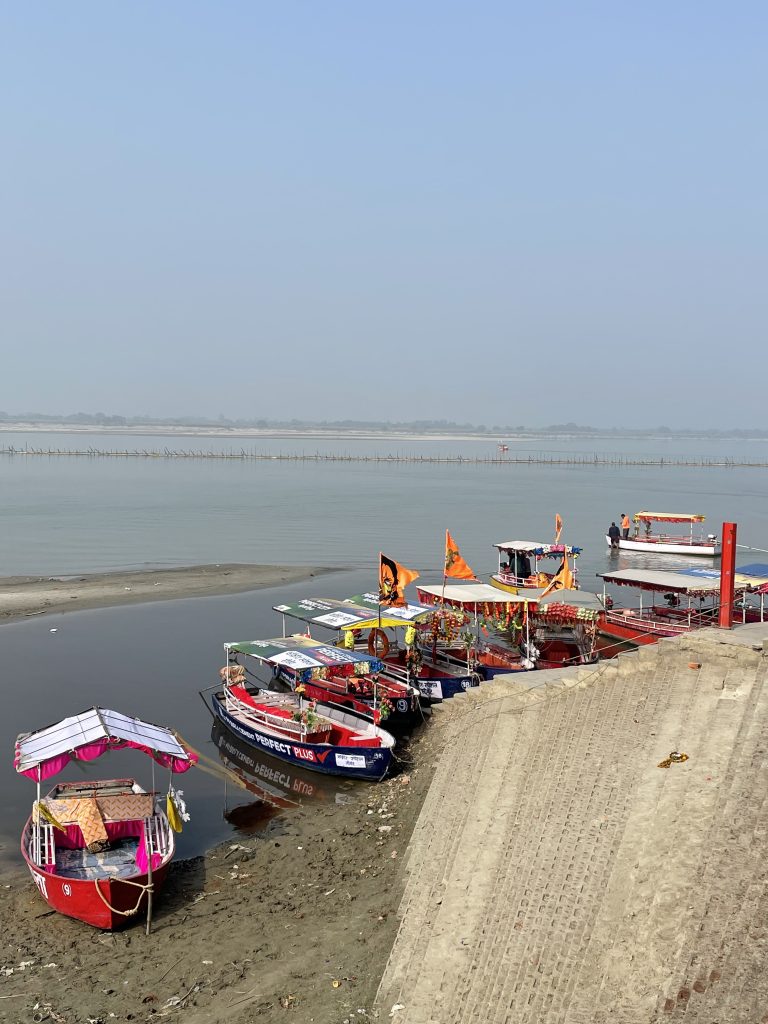
Sarayu Arati and River Cruise are other activities along the river, while the ghats come alive with music, dance, theatre, and vibrant performances. Post the Ayodhya Deepotsav, during Deepavali, the number of daily tourists rose to 35 lakhs from a meagre few thousand. While there were less than two lakh annual tourists in 2017, in five years it is already crossed two crores and is expected to overtake Varanasi as well in terms of numbers. This one-of-a-kind temple city that resonates with the spiritual essence of Vedic times is estimated to unlock the potential of religious tourism and contribute to the economy as well.

While these are some of the highlights of Yogiji’s speech as the Chief Guest of the Ayodhya Conclave, we can see the transformation in the city as well. It almost feels like we are on a Ramayana trail as we visit ancient temples, palaces, ghats, kunds, and other monuments. Every monument here is a leaf out of the lives of Rama and Sita and there are several places to see in Ayodhya that form the backdrop of the Ramayana.

One of the places to see in Ayodhya is Treta Ke Thakur, where a temple stands and it is believed that Bhagwan Rama along with his brothers performed the Ashwamedha Yagna. While you need at least three days to explore Ayudhya, here are some of the important places to see in Ayodhya.
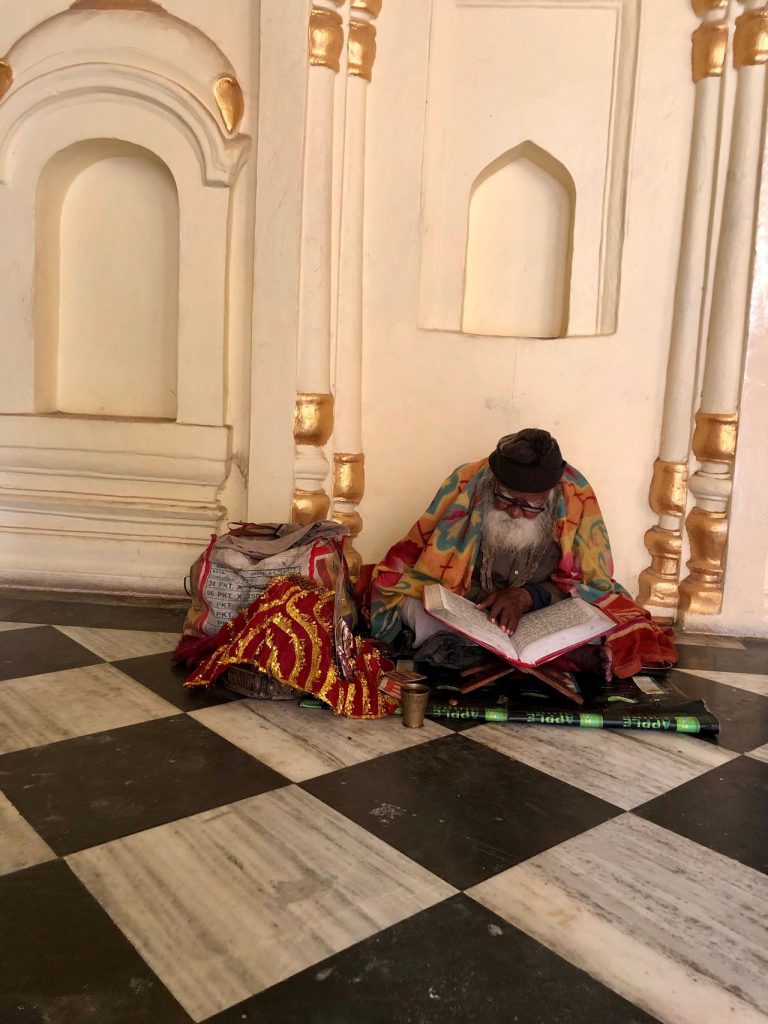
Places to see in Ayodhya
There are quite a few places to see in Ayodhya besides the Ram Janmabhoomi Temple. The second most important temple is Hanuman Garhi Mandir. There is also Sita Ki Rasoi, Nageshwarnath Temple. You can visit Dasrath Mahal and Ammaji Mandir, head to Kanak Bhavan, Valmiki Bhavan, Tulsi Bhavan, On the banks of Sarayu are the Ghats also called Ram ki Paidi, while there are Dasrath Kund and Bharat Kund.
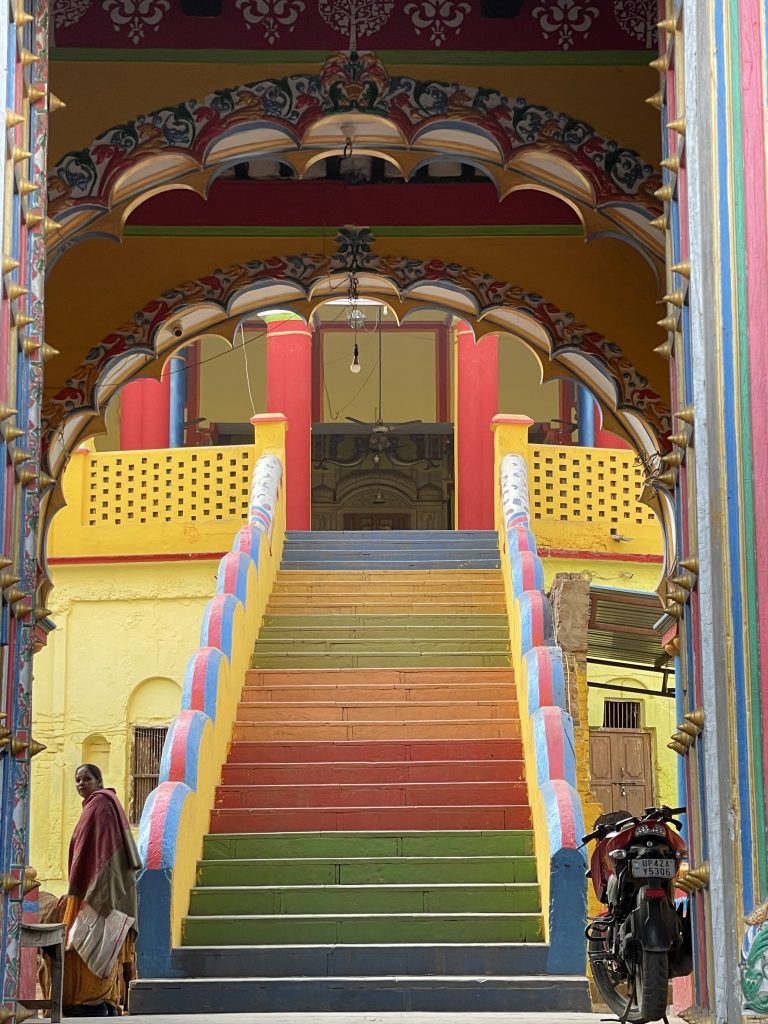
Other places include Raja Mandir, Raj Dwar Mandir, Deokaali near Naya Ghaat. There is also a Jain Shwetamber Temple, a Mani Parbat housing a Buddhist stupa as well.

There is also the sacred Gurudwara Nazarbagh where Guru Nanak Dev and Guru Tegh Bahadur had visited and you can also head to the Brahm Kund Gurudwara, which houses the relics of the Guruji. You can also see the Moti Mahal and a Bahu Begum Ka Maqbara in Faizabad
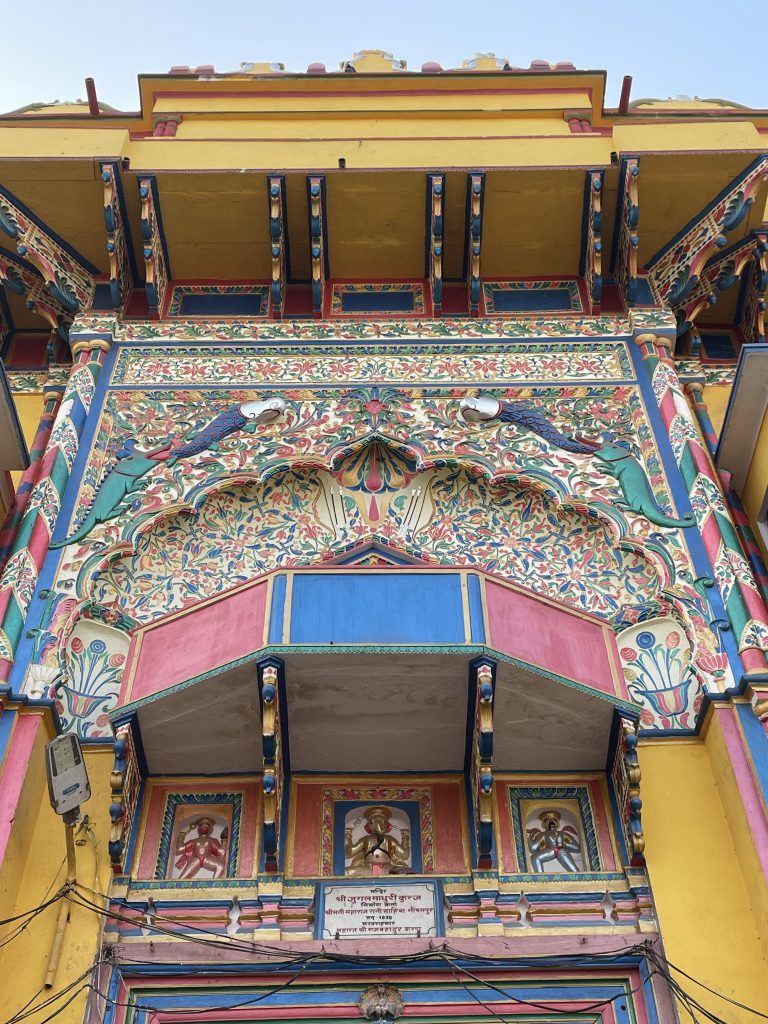
Ayodhya Ram Temple
While construction is still ongoing and it is likely to take three years to be completely ready, this temple complex is believed to be one of the largest in India, towering at 160 feet with 12 gates and occupying 28,000 square feet of space. Built entirely with stone without the use of iron or steel, the soil for the foundation was brought from over 2500 sacred towns in India, besides Thailand. Even the bricks were engraved with Shri Ram.
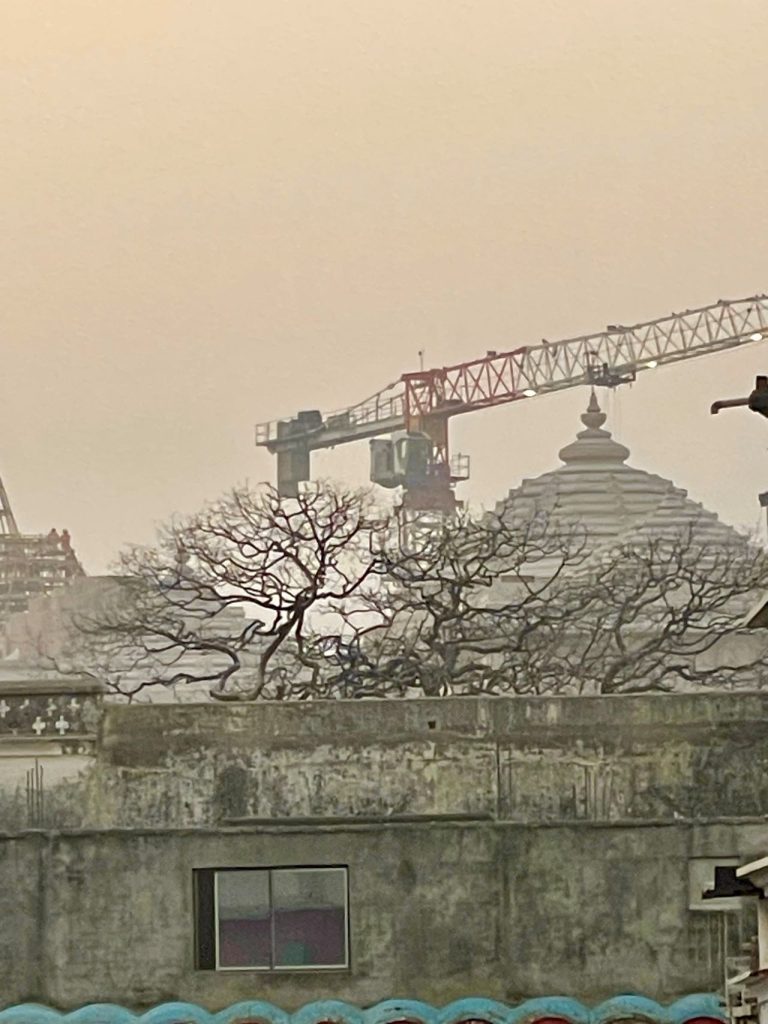
Water from all the sacred rivers in India has been used for the consecration ceremony. Built in the Nagar style of architecture with over 300 pillars, the temple complex is built over three floors. While the ground floor depicts Bhagwan Ram’s life, his Darbaar will be recreated on the first floor. Buried below the temple is a copper plate that will have all relevant information that will serve as a time capsule for posterity.
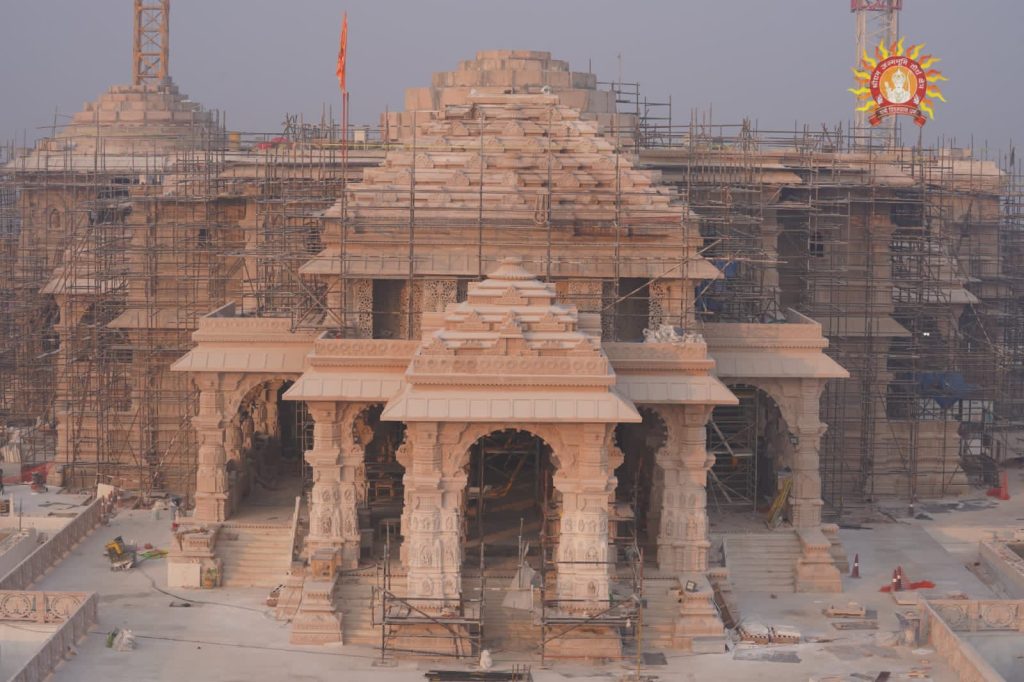
Hanuman Garhi Mandir
The Hanuman Garhi Mandir, vibrantly echoing with Jai Shri Ram is the first temple that we visit in Ayodhya. It is believed that Hanumanji sits here and guards the city as Bhagwan Rama had told him to do so when he decided to leave the world.
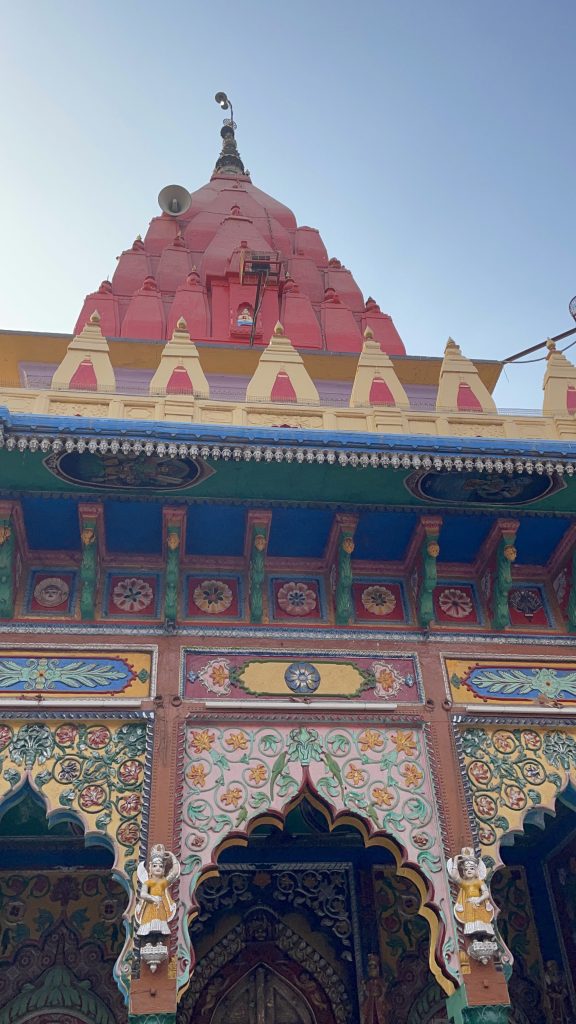
You need to get permission from Hanuman before visiting the Ayodhya Ram Mandir. This Siddhapeeth temple was built in the 10th century and depicts Hanuman sitting like an infant on the lap of his mother, Anjali. Designed like a fortress this colourful temple has inscriptions of Hanuman Chalisa on the walls.
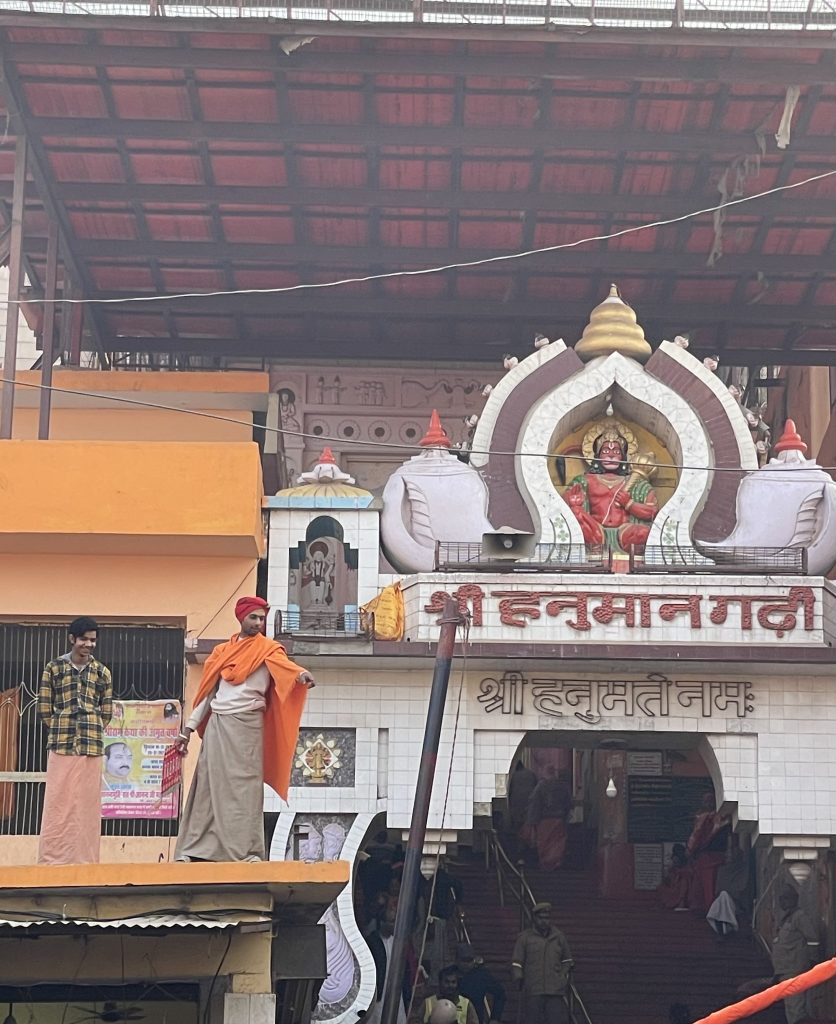
Nageshwarnath Temple
Ramayana lives here even longer than Rama, as a temple built by his son Kush stands here called Nageshwarnath Temple, dedicated to Shiva . According to the legend, Kush built this temple for a Nag Kanya who found his lost amulet in the River Sarayu. The temple is the only one that has survived since the time of King Chandragupta Vikramaditya of the Gupta period, although it was reconstructed in the 18th century.
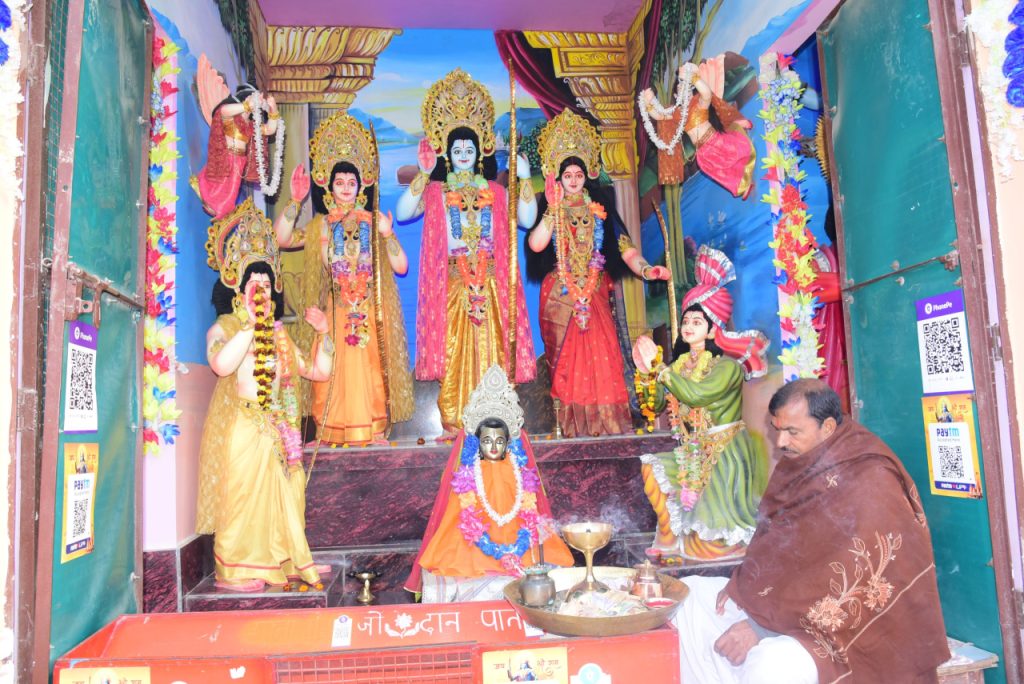
Sita Ki Rasoi
Located near the Ram Mandir is Sita Ki Rasoi, a shrine and the royal traditional kitchen with symbolic and representative utensils. Although the tradition of a daughter-in-law is to prepare food for the entire household, here, it is believed that Maa Sita as Devi Annapoorni and daughter of Bhooma Devi provides food for all the people of the universe.
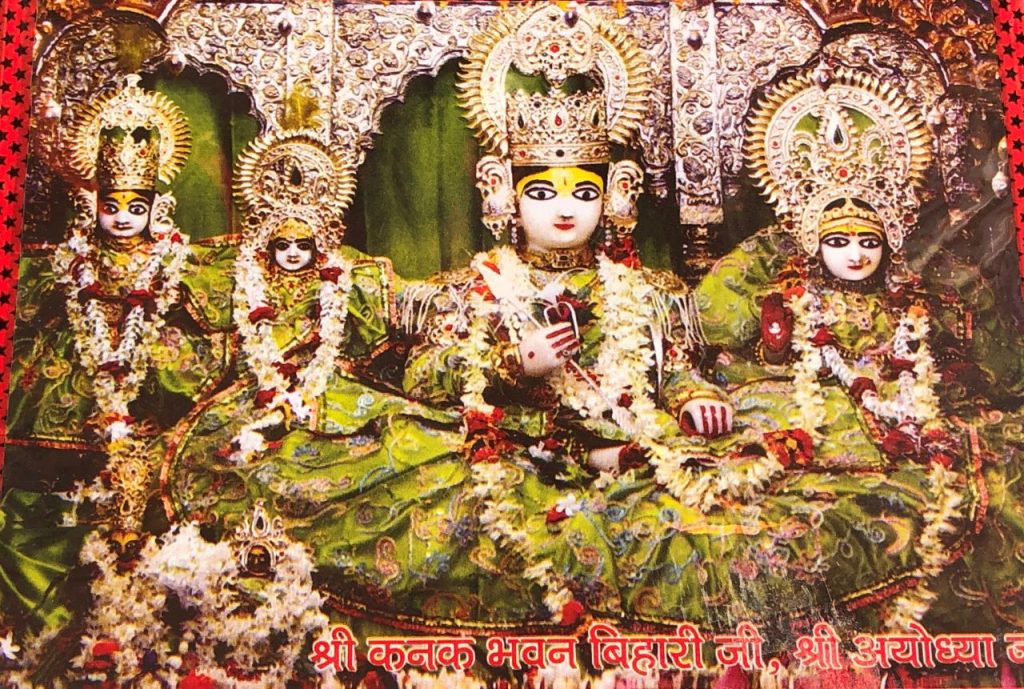
Kanak Bhavan
A surreal silence overwhelms us as we walk into the palace which was gifted by Queen Kaikayee to Ma Sita when she came to Ayodhya after her marriage. It was believed to be a private palace of the deities but now it is a temple housing idols of Bhagwan Rama and Maa Sita. While the palace dates back to the Treta Yuga, it was first renovated in the era of Chandragupta Vikramaditya, it was reconstructed much later. It is also referred to as the Golden Palace for the golden-crowned idols of the deities. Other Bhavans that one must visit are Valmiki Bhavan and Tulsi Smarak Bhavan as well.

Dasrath Mahal
The grand palace captures the epic proportions of the Ramayana as it is built to commemorate the palace of King Dasaratha who ruled from Ayodhya. It is also believed to be the childhood home of Bhagwan Rama and his brothers . There are temples inside the palace. It is also known as Badi Asthan or Bada Jagah. There is also a Dasrath Kund as well, though not in the palace complex.
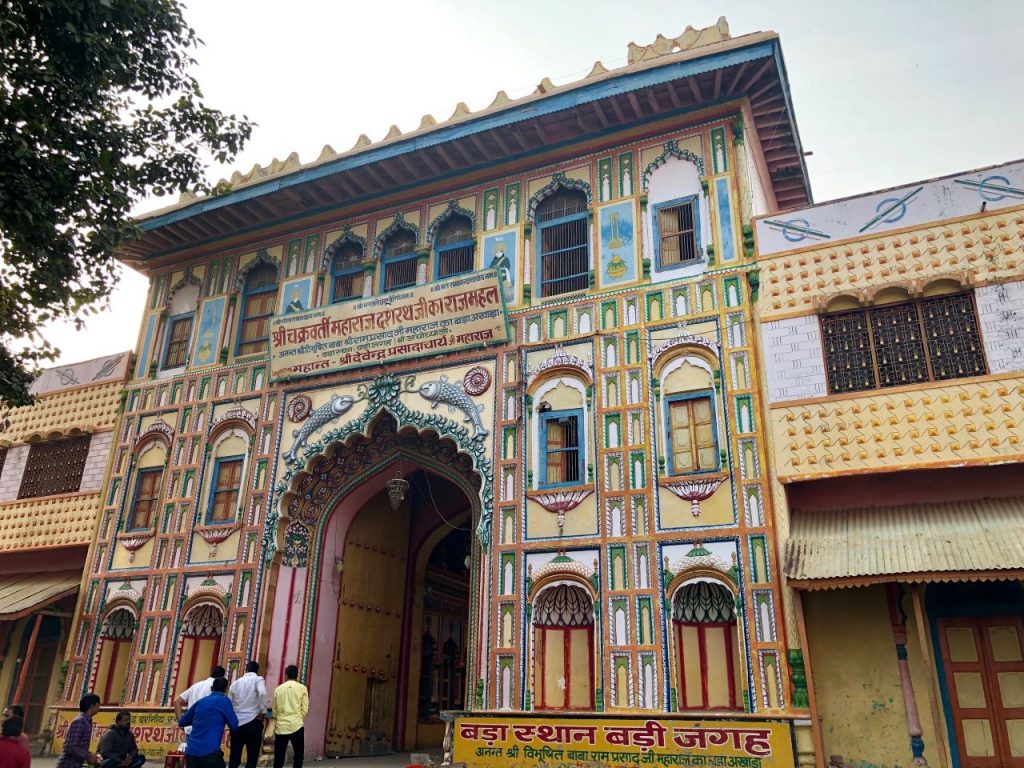
Sarayu River and Ram Ki Paidi
Ram ki Paidi, a series of ghats on the banks of the Sarayu River, is thronged by devotees who come to purge themselves in the historic and sacred river. Even though the original steps were washed away, they were rebuilt, and hence the name – Naya Ghat. There are several temples in and around the Sarayu Ghats, including the unique Kala Ram Temple which is adjacent to the Gora Ram Temple.During Deepavali, these ghats glow with the sacred light of the Deepotsav.
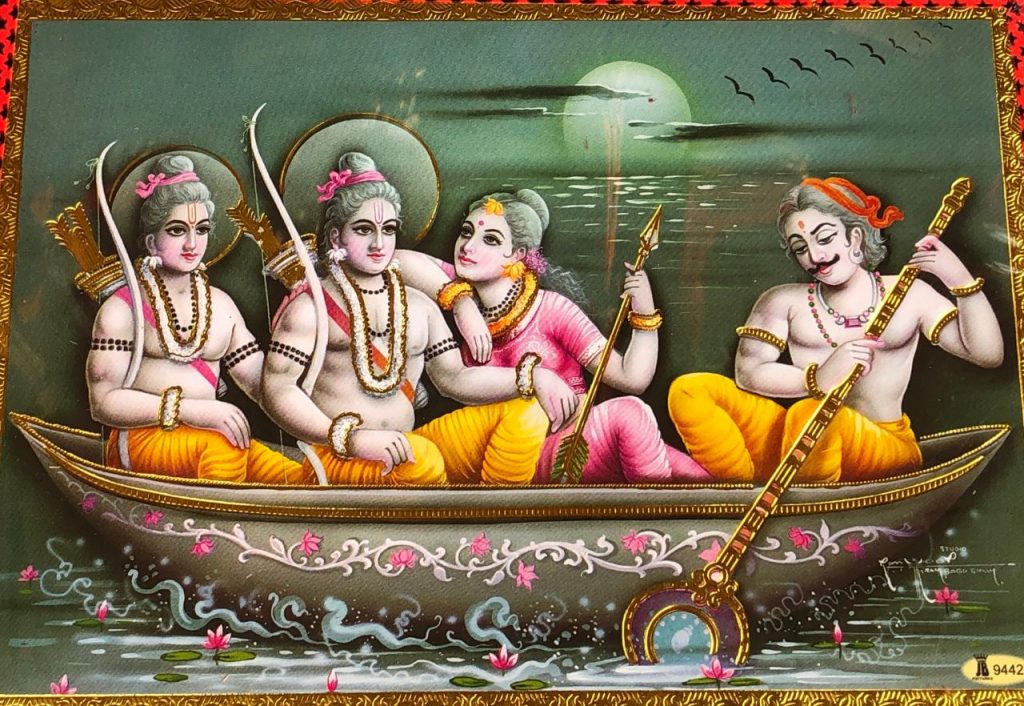
The Sarayu Arati takes you to a different realm. The river is an integral part of Ramayana. One of the poignant moments from the Ramayana is the story of Guhan, the boatman who ferries Rama and Seetha along with Lakshmana to the forest after Kaikayee demands that they be banished for fourteen years. It is the same Sarayu that finally takes Rama with it to his heavenly abode as he enters Jal Samadhi. It is believed that this happened at the Guptaar Ghat.
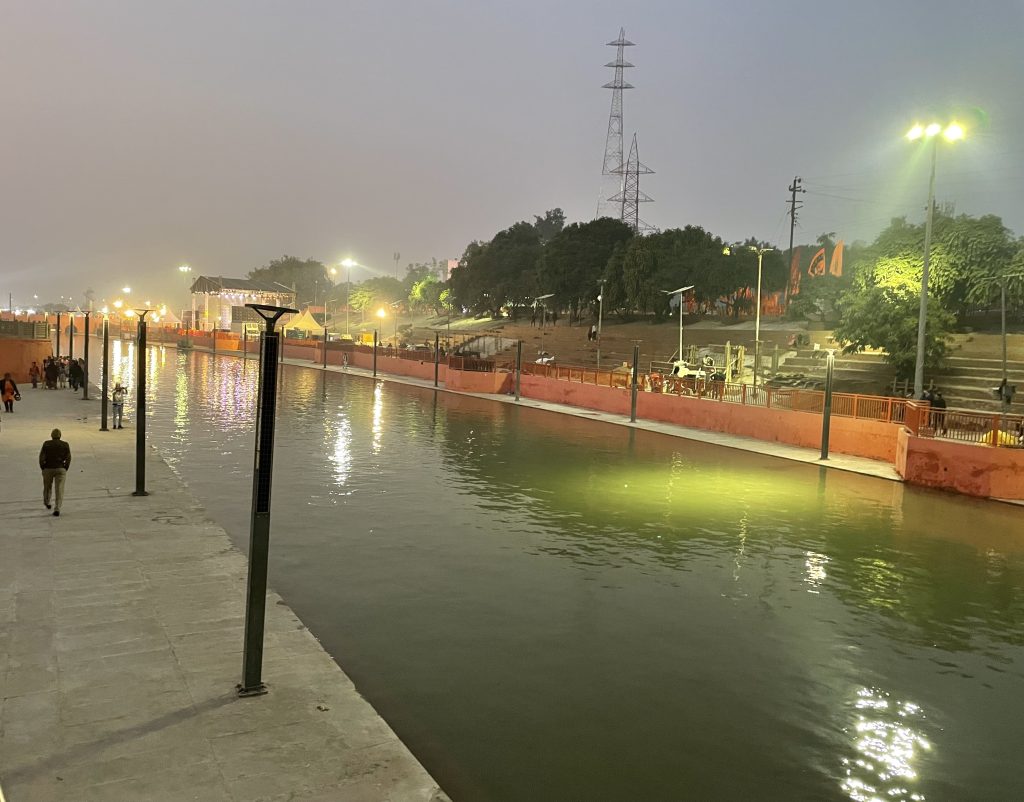
Guptaar Ghat
A sense of timelessness pervades this serene spiritual Ghat, located along the banks of the Sarayu River. According to the legends, this is where one can see the footsteps of Lord Rama etched on the sands of time for the last time. It is believed that it is the Sarayu that finally took Lord Rama with it to his heavenly abode as he took a last dip in the waters, known as Jal Samadhi.
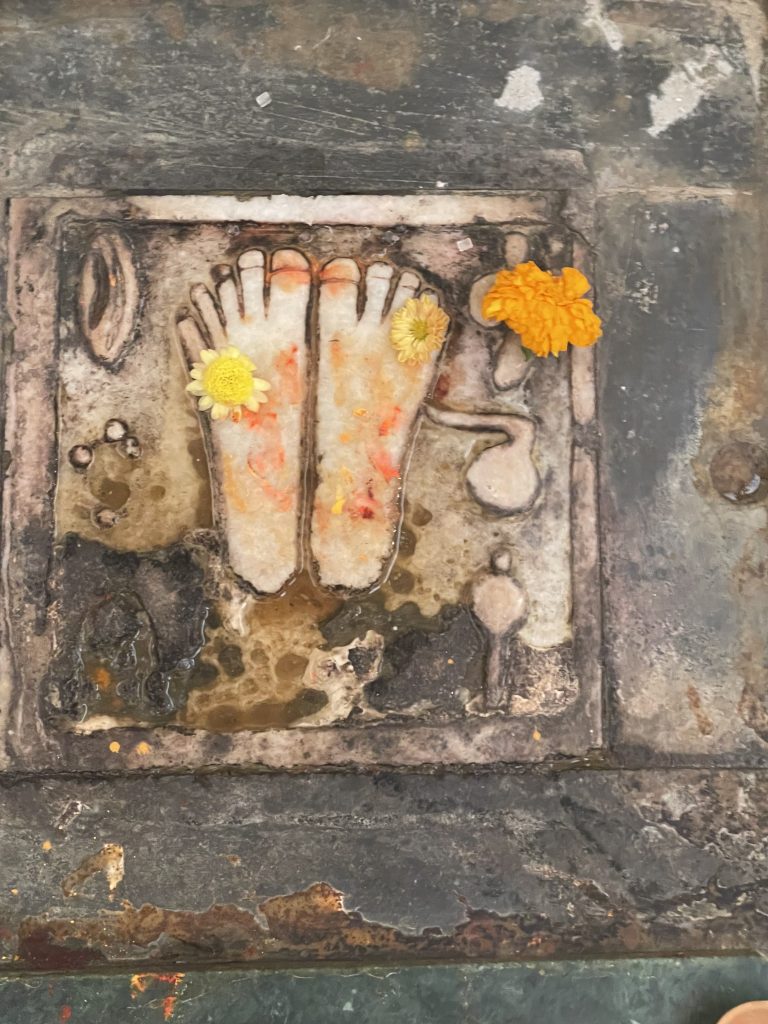
There are quite a few temples located in these ghats built by Raja Darshan Singh in the 19th century. Besides the Chakrahari and Gutahari temples, you can see the Sita Rama Temple and the Narasingh Temple as well. The footprints of Bhagwan Rama are carved in stone here.

Ram Bhavan
The story of the Ram Janmabhoomi actually begins here . This is not a tourist destination but this is where we met Shakti Singh, grandson of Thakur Gurudutt Singh who was the Mayor and the assistant to the District Magistrate, KK Nair in 1949. And he narrated this story to us about how the struggle to rebuild Ram Temple began. Post-independence in December 1949, there was a resolution sent to the Indian Government requesting the construction of the Ram Temple, which went unheeded. On one night, however, the idol of Bhagwan Rama suddenly appeared on the site of the Janmabhoomi, prompting scores of people to throng the temple site for worship. It was believed that the local priests who had initially been brutally assaulted by the guards at the site had established the idols and consecrated them according to the traditional rituals. Since then, the worship began and the dates – December 22-23, were commemorated as Pratishtotsav.
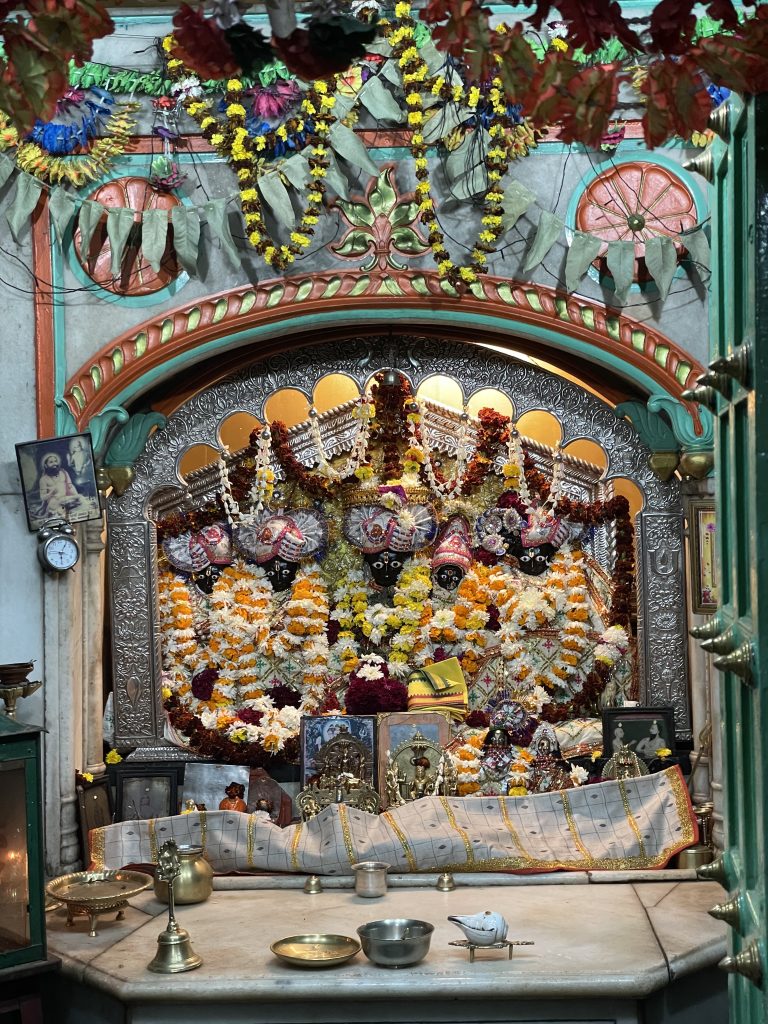
Nevertheless, after centuries, there is a cultural renaissance and a spiritual awakening and Ayodhya is radiating again. As Veer ji or Navneet Singh ji at the Gurudwara narrated to us his Guruji’s words, ” The day, the rightful and real divine lord and regal king return to reclaim his land and kingdom, the city will shine again and all the lethargy will vanish and be replaced with a vibrant energy.”
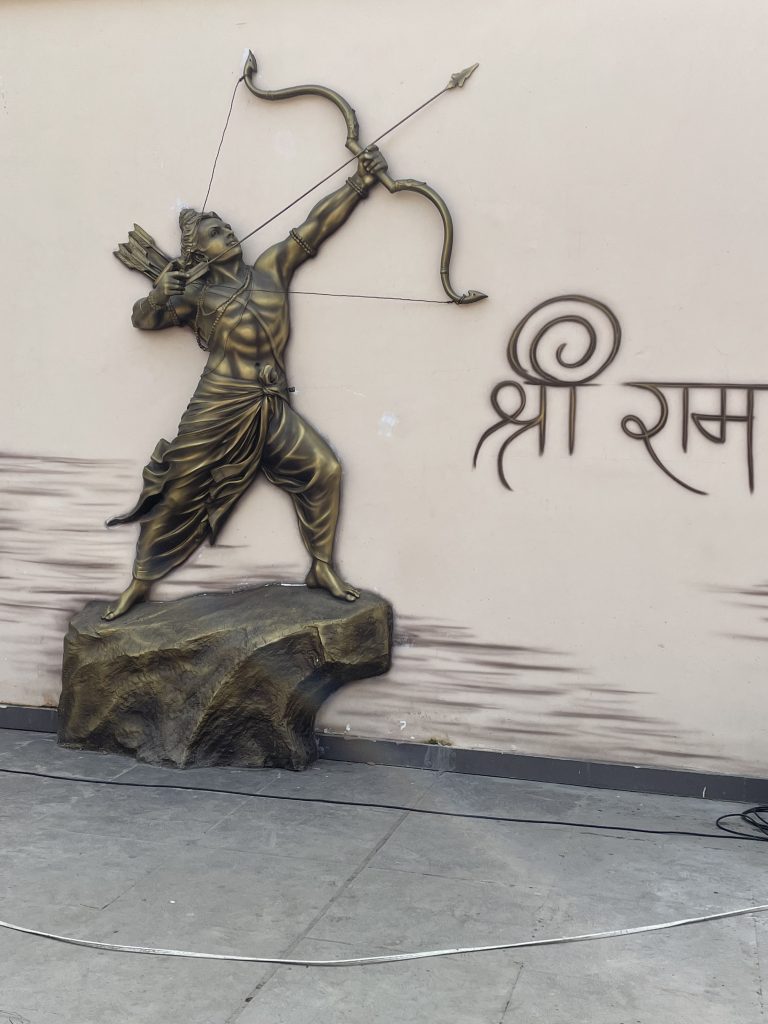
The post Ayodhya Ram Temple and the New Ayodhya saga appeared first on Lakshmi Sharath.


0 Comments